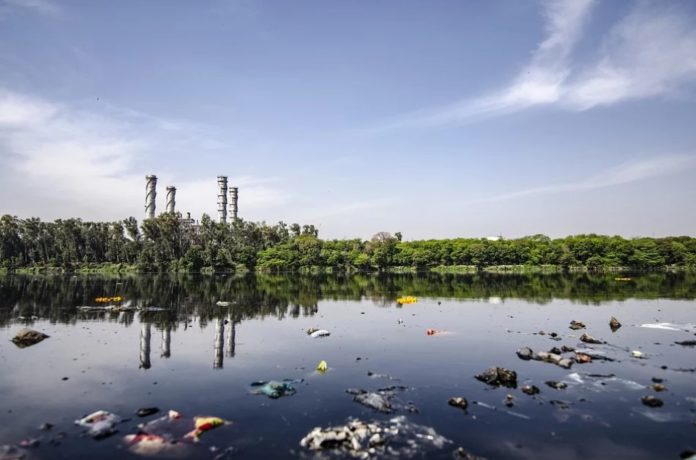New Delhi (NVI): Microplastics are present everywhere, be it in fresh water, marine ecosystems and soils, according to analysis of water and sediment worldwide, conducted by the United Nations Environment Programme (UNEP).
Protecting water bodies and the landscape from microplastics is a major issue.
Microplastics are very small pieces of plastic that pollute the environment, defined as less than 5mm in size.
The demand for plastic and its produce is rising for more and more every year, much of which eventually finds its way into rivers, lakes and the ocean. Many plastic products are essential, but there is a need to consider the trade-offs which include microplastic pollution and global heating, according to a UNEP report.
In Europe and North America, hundreds of thousands of tonnes of microplastics are added to soil annually through sewage sludge.
Microplastics are directly released into the environment in the form of small particulates. These enter water bodies through different pathways, including atmospheric deposition, run-off from contaminated land or through municipal wastewater.
This is a major concern as they not only create water pollution and remain in the atmosphere for millions of years, but also causes gut blockage and starvation for many marine species like zooplankton, river-bed organisms, and mussels through their intestinal tract.
Over time, plastic products tend to shed smaller particles through natural weathering processes, creating microplastics.
These come in a large variety of sizes, colours and chemical compositions, and include fibres, fragments, pellets, flakes, sheets or foams.
Microfibres, which have been reported as the most abundant type of microplastics in wastewater and freshwaters, are of particular concern.
“Water pollution by microplastics is complex and multidimensional, and managing it effectively requires a range of responses,” says Birguy Lamizana, a wastewater expert with the United Nations Environment Programme (UNEP) and co-author of a study on microplastics in wastewater.
“Around 35 per cent of microplastics in the oceans are believed to originate from the washing of synthetic textiles,” says Javier Mateo-Sagasta, the water quality coordinator with the International Water Management Institute and a co-author of the study.
He added that, “One possible solution is to develop household-based systems to prevent microplastics from being released into sewer lines or the environment. Technologies exist, for instance, which are able to remove 97 per cent of microfibres.”








